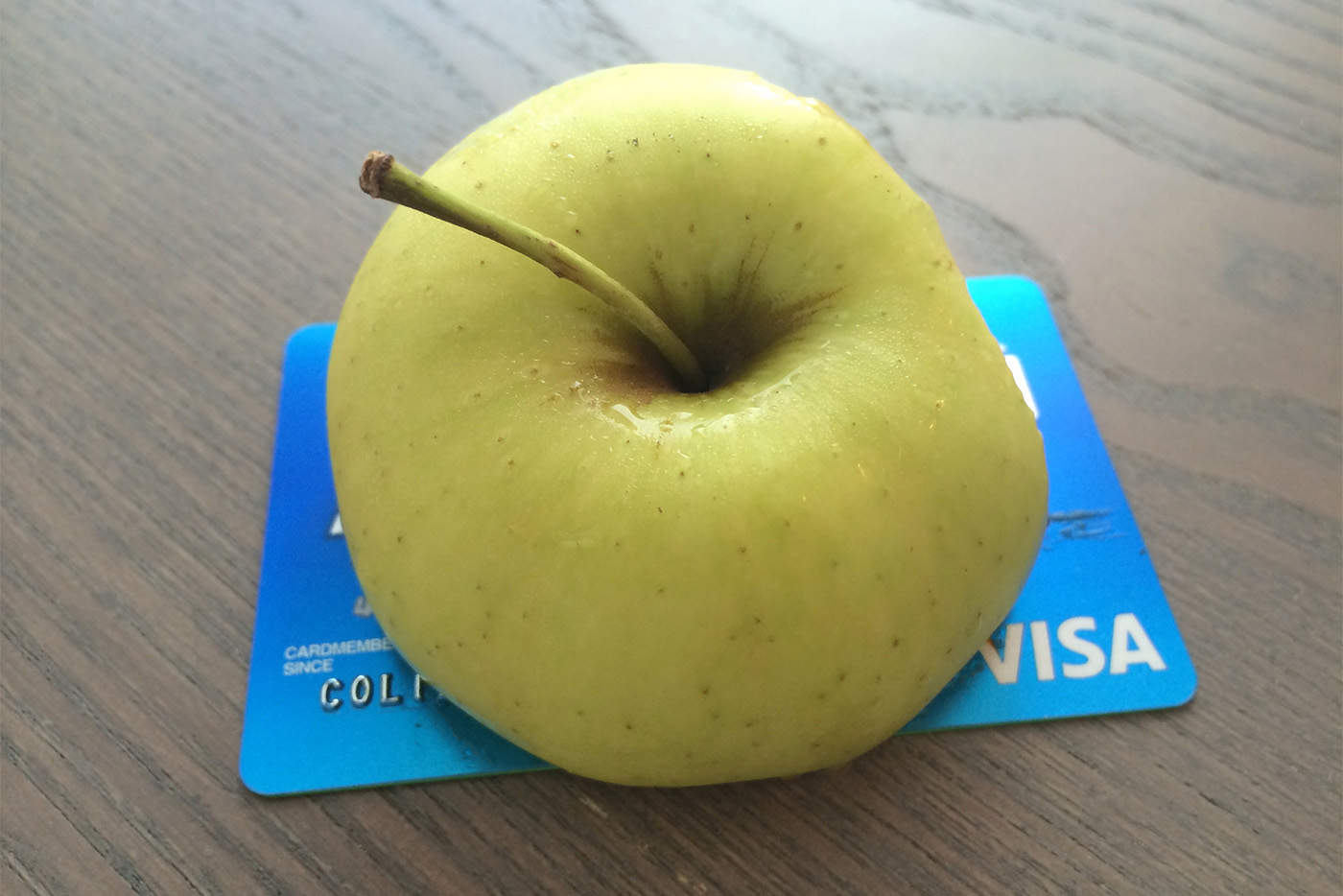What Amazon, iTunes, and Uber teach us about Apple Pay
Truly disruptive services don’t just digitize the familiar. They do away with it.
 Apple Pay (source: TheTruthAbout (Flickr))
Apple Pay (source: TheTruthAbout (Flickr))
Something’s been nagging at me about Apple Pay, and the hype about it.
The Apple-Pay web page gushes: “Gone are the days of searching for your wallet. The wasted moments finding the right card. The swiping and waiting. Now payments happen with a single touch.”
What’s wrong with this picture?
It’s describing the digital facsimile of a process that is already on its way to becoming obsolete. But truly disruptive new services don’t just digitize the familiar. They do away with it.
I never search for my wallet when I take an Uber. I never search for my wallet when I walk out of a restaurant that accepts Cover. I never search for my wallet when I buy something from Amazon. I don’t even search for my wallet when buying a song from iTunes — or, for that matter, an iPhone from an Apple Store.
In each of these cases, my payment information is simply a stored credential that is already associated with my identity. And that identity is increasingly recognized by means other than an explicit payment process.
In the case of Uber, I summoned the car. The driver already knows my name and my face, and our phones are traveling in tandem. Uber knows what I owe based on GPS, not by presenting me with a bill. And it charges me automatically. I “pay” simply by getting out of the car. That is the future of payment, not “hold[ing] your iPhone near the contactless reader with your finger on Touch ID.”
So, in a sense, Apple Pay is payments for everyone who hasn’t caught up with the fact that truly disruptive services have already done away with the old payment model.
If you don’t shoot ahead of a fast moving target, you will almost certainly miss.Now, obviously, a lot of merchants still rely on wallets and explicit payment. But one thing I’ve learned is that if you don’t shoot ahead of a fast moving target, you will almost certainly miss. And it seems to me that in the coming world of sensor-driven applications and devices, an increasing number of services will automatically infer sufficient context to take actions like payment on our behalf.
There’s a further problem with Apple Pay. In order for it to work, we need these “contactless readers” to be widely deployed. Maybe the Apple hype machine will get those into every store, but it will take some time. In the meantime, I can imagine more Uber and Cover-like services cropping up, which simply take the mechanics of payment out of the equation.
There’s a more general principle here, which was summed up in a Tweet from Aaron Levie of Box, who wrote: “Uber is a $3.5 billion lesson in building for how the world *should* work instead of optimizing for how the world *does* work.”
Apple Pay optimizes for how the world does work. The real winner in payments will build for how the world should work.
Disclosure: O’Reilly AlphaTech Ventures is an investor in Cover.
